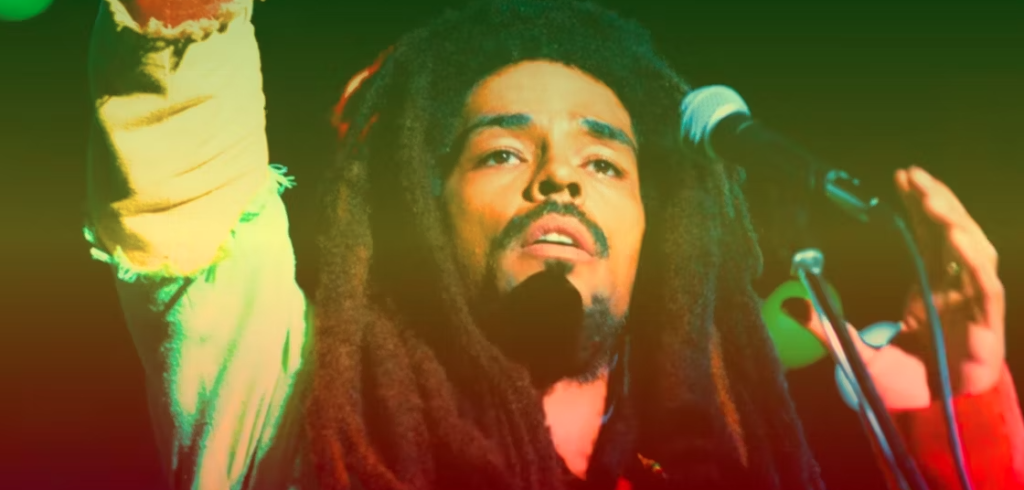
Bob Marley: One Love’s True Story Explained
Bob Marley: One Love brings the reggae legend to the big screen, tracing his journey from his rise to stardom and then to his eventual passing.
Bob Marley: One Love is set to delve into the journey of the iconic reggae musician, Bob Marley, from his rise to stardom to his eventual passing in 1981. In the film, Kingsley Ben-Adir takes on the role of Marley, supported by a cast featuring Lashana Lynch, James Norton, Micheal Ward, and Anthony Welsh. The film is directed by Reinaldo Marcus Green who is known for his work with King Richard, We Own This City, and Monsters and Men. Renowned for his rock steady and reggae music of the 1970s, Bob Marley’s global impact as a reggae ambassador made him the first international sensation to emerge from a considered Third World country.
Deeply committed to the Rastafari, a spiritual and political movement that started in Jamaica during the 1930s, Marley’s musical compositions exuded a profound sense of spirituality, inspiring other artists to infuse their works with a similar essence. Beyond his music, Marley emerged as a huge promoter of peace and unity, not only in Jamaica but across the globe. The biopic, Bob Marley: One Love, finally tells the story of the music icon. The narrative will focus on the pivotal moments in Marley’s life that catapulted him to worldwide fame and solidified his lasting legacy.
Bob Marley’s Early Music Career With The Wailers
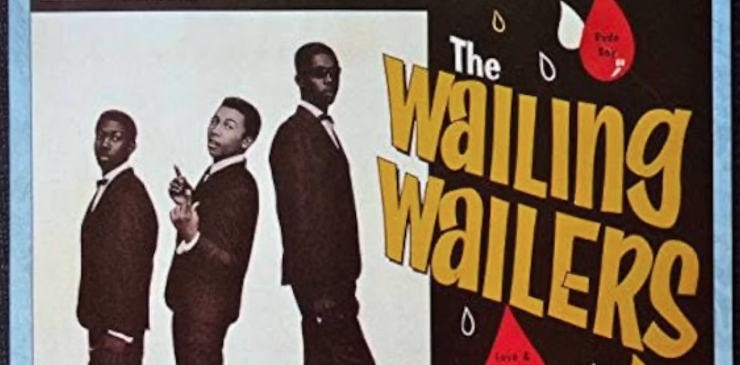
During the late 1950s, Marley lived in Trench Town, an impoverished neighborhood in the parish of St. Andrew, Jamaica. It was during this time that he forged a strong bond with Neville “Bunny” O’Riley Livingston, a friend who shared a passion for music. In 1963, Marley with Livingston and fellow student Peter McIntosh, gave birth to The Wailers. Their musical journey was helped by reggae artist Joe Higgs, a member of the Higgs and Wilson duo, who aided the group with vocal harmonies and guitar technique.
Their talents captured the attention of record producer Coxsone Dodd, leading to the release of their first single, “Simmer Down,” which swiftly ascended to the top of the Jamaican charts in January 1964. While their popularity in Jamaica flourished, the group encountered financial hardships. The group separated temporarily, during which Marley visited his mother, who now lived in the United States, and married Rita Anderson on February 10, 1966. After eight months, he returned to Jamaica, reuniting with Livingston and McIntosh.
A financial disagreement with Dodd propelled them to collaborate with Lee “Scratch” Perry and his studio band, The Upsetters. However, this partnership dissolved within a year due to the disputes between Marley and Perry over recording rights. A turning point arrived for The Wailers in 1972 when they secured a contract with Island Records, which was founded by Chris Blackwell. This moment enabled them to create their first full album.
The result was the record Catch a Fire, which also led them to share stages as an opening act for both Bruce Springsteen and Sly & the Family Stone. The same year saw the release of their second album Burnin’, which featured the song “I Shot the Sheriff.” The iconic rendition of this song by Eric Clapton propelled it to the number-one spot on the charts in the United States. The journey of The Wailers eventually came to a close in 1974, with each member setting forth on their own path to pursue solo careers.
Bob Marley’s Solo Music Career Begins In 1974
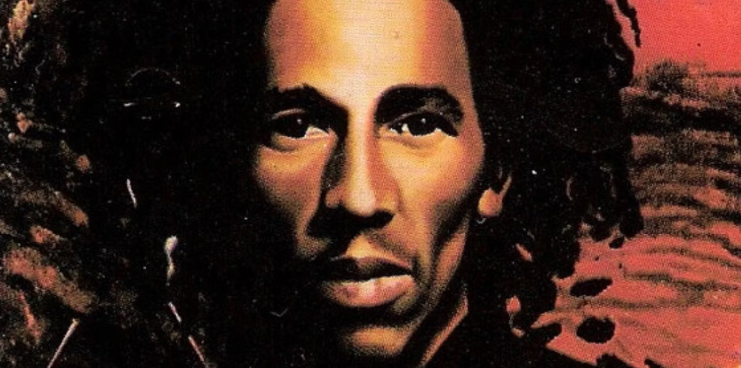
To start his solo journey, Marley established the group Bob Marley and the Wailers, alongside his wife Rita and accompanying vocalists the I-Trees. This period marked a successful era in Marley’s life, with the launch of the album Natty Dread. Marley then achieved widespread recognition with “No Woman, No Cry,” his first hit outside of Jamaica. The lyrics of the song made reference to the Government Yards of Trench Town, a public housing project in Kingston where Marley grew up. This monumental achievement paved the way for his breakthrough album, Rastaman Vibration, which secured a place on the Billboard Top Ten chart for four weeks in the United States.
Bob Marley’s Smile Jamaica Concert & Shooting Controversy
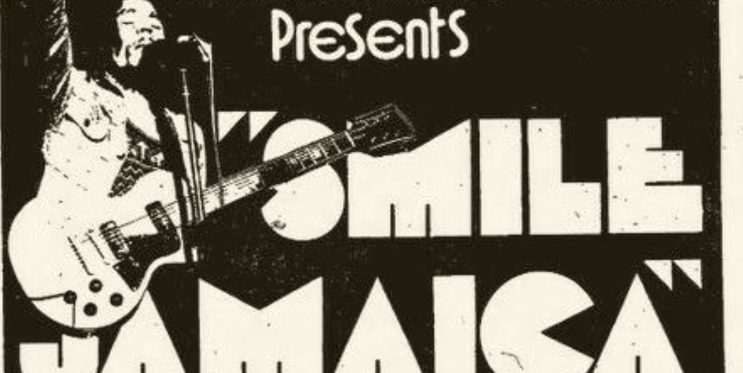
The Smile Jamaica Concert took place on December 5, 1976, in Kingston’s National Heroes Park in Jamaica. The concert aimed to counteract the political violence that had been escalating. However, just two days before the scheduled performance, a group of seven men showed up at Marley’s residence armed. Marley sustained gunshot wounds to his chest and arm, while his wife Rita was struck in the head. Remarkably, no fatalities occurred as a result of the assault. The American embassy indicated that the motive behind the assault was likely political in nature, an endeavor to thwart the upcoming concert that would showcase Marley’s “politically progressive” music.
Alternatively, some individuals speculated that there might have been a plot to create a young Jamaican martyr, severing to support the People’s National Party – a social-democratic political party in Jamaica. Remarkably, Marley took the stage despite his injuries. When questioned about his decision to proceed with the show, he responded, “The people who making this world worse aren’t taking the day off. How can I?” Marley’s commitment shone through, as he not only fulfilled his promise to perform one song but continued for a staggering 90 minutes, captivating an audience of 80,000 attendees.
Why Bob Marley Returned To Jamaica For Another Concert
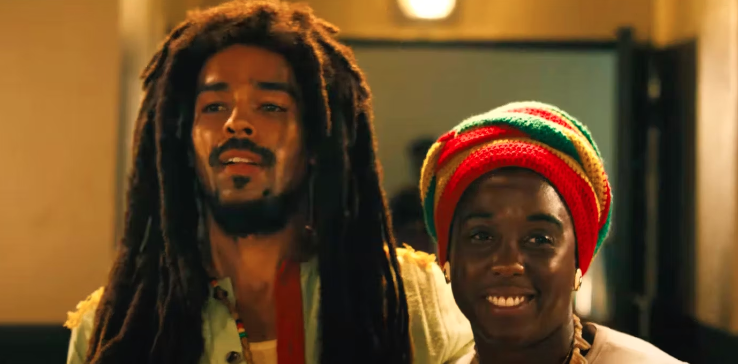
Bob Marley made a significant return to Jamaica for The One Love Peace Concert which took place on April 22, 1978, at the National Stadium in Kingston, Jamaica. The motivation behind this concert was to address the distressing surge of deadly political violence that had gripped the entire nation. Bringing together a lineup of 16 of Reggae’s most prominent performers, the event garnered the nickname “Third World Woodstock.” Playing to an audience of 32,000 attendees, the concert’s proceeds were dedicated to establishing sanctuaries and homes for the residents of West Kingston.
Marley joined the hands of two political rivals Michael Manley (PNP) and Edward Seaga (JLP), and said, “I just want to shake hands and show the people that we’re gonna make it right, we’re gonna unite, we’re gonna make it right, we’ve got to unite. The moon is right over my head, and I give my love instead. The moon was right above my head, and I give my love instead.” This singular act reverberated across the nation, serving as a beacon of unity uncommon for Jamaica during that era.
Bob Marley’s Cancer Diagnosis
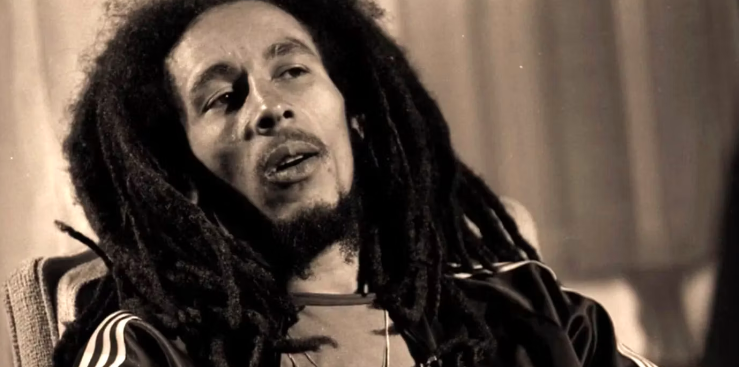
In 1977, Marley sought medical advice regarding a mark beneath his big toe, initially believed by the doctor to be a lesion from a soccer-related injury. However, as the condition worsened, Marley sought a second medical opinion, which led to the diagnosis of melanoma. The recommended course of action was toe amputation, but Marley opted for excision surgery, which entailed the removal of the nail and the surrounding tissue. For a period, Marley received no further medical attention for his ailment.
It wasn’t until his collapse in New York City in 1980 that Marley’s health condition resurfaced. Examinations unveiled the distressing reality that the melanoma had metastasized to his brain, lungs, and stomach. Despite this diagnosis, Marley chose not to pursue conventional treatments. Instead, he ventured to Germany in pursuit of alternative approaches, embracing methods such as exercise, ozone injections, and vitamin regimens.
When & Where Bob Marley’s Final Concert Took Place
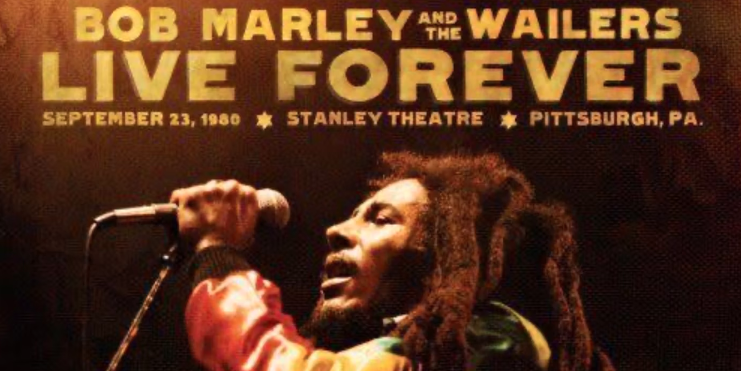
Bob Marley’s final concert took place on September 23, 1980, at the Stanley Theatre in Pittsburg, during his Uprising Tour, from the album that shared the same title. Concluding the performance, Marley played “Get Up Stand Up,” a resounding anthem, which was his rallying cry for equality. In spite of his health condition, Marley delivered an electrifying show, captivating the audience to such an extent that he was brought back for three encores. This concluding performance was taped and can be experienced on platforms like Spotify.
When Bob Marley Died & How Old He Was

Following a span of eight months without successful cancer treatment, Marley boarded a plane to take him home to Jamaica. However, once on board, his vital signs deteriorated, prompting an emergency landing in Miami, Florida. He was admitted to Cedars of Lebanon Hospital, now known as Cedars-Sinai Medical Centre, for immediate medical attention. Tragically, Bob Marley passed away on May 11, 1981, at the age of 36.
In his final exchange with his son Ziggy, he shared the words, “On your way up, take me up. On your way down, don’t let me down.” Bob Marley’s role as a global ambassador for reggae music left an indelible mark, and his legacy remains ever-present. With the release of the biographical film Bob Marley: One Love, his life story and enduring influence are finally celebrated on the cinematic stage.